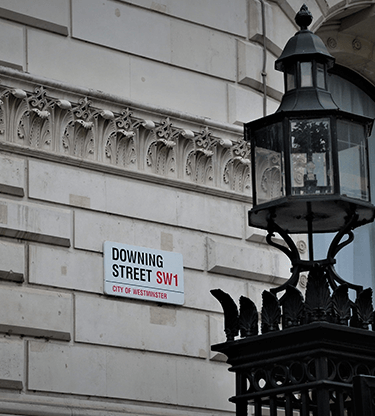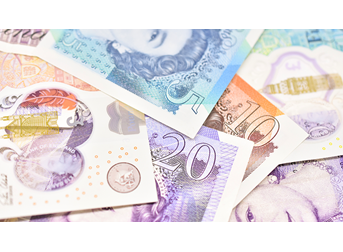Daily Brief

Plan B
4 minute readDon’t go to work, but do go to parties
Unlike the previous day, there was no mystery about sterling’s (GBP) continued fall from grace yesterday. On Wednesday morning the story went round that the prime minister was about to introduce Covid masking, working-from-home and vaccine pass rules; in the afternoon he did so. The pound went down on both counts, losing an average of 0.7%.
It was not simply the direct economic impact of the measures that concerned investors: they fancied that stricter policy would diminish the Bank of England’s (GBP) appetite for higher interest rates. That is not to say a rate hike next week is out of the question, but a Reuters poll found analysts leaning now towards the idea of the first upward move coming in Q1 2022.
On a different level there was uneasiness about the growing chorus of criticism aimed at the prime minister. Investors cannot fail to have noticed that even some of the normally supportive UK media have issues with his recent words and deeds. Other than, perhaps, the chance of an upward correction, investors struggled to find any reason to buy the pound (GBP). For a second day it lost ground to just about everything.
Insufficiently hawkish BoC
On the world stage, the other main story concerned the Bank of Canada (CAD) and its outlook for monetary policy. As expected, the central bank kept its benchmark interest rates and forward guidance unchanged, though investors were vaguely dissatisfied with the language. The CAD lost an average of 0.5%, alongside the safe-haven JPY.
The BoC statement differed slightly from its immediate predecessors, in that the forces of inflation are no longer seen as “temporary”. The bank expects CPI inflation to remain elevated in the first half of 2022 and ease back towards its 2% target in H2. Although the statement was by no means dovish, the market had evidently been hoping something more pushy.
There was little to glean from Wednesday’s few ecostats. America’s Job Openings and Labor Turnover Summary (”JOLTS”) (USD) painted the now-familiar picture of millions of unfilled vacancies. Overnight, NZ manufacturing sales (NZD) were reported to have fallen 6.4% in Q3 while in China (CNY) the gap narrowed between consumer price (2.3%) and producer price (12.9%) inflation. The CNY touched a three-and-a-half-year high against the USD.
UK output, US inflation
Ahead of the weekend the most important data come out on Friday. Neither UK production (GBP) nor US inflation (USD) are enough on their own to shape interest rate expectations but both contribute to the big economic picture.
Today’s numbers began with the RICS house price balance (GBP). It was unchanged on the month at +71% as lack of supply continued to put upward pressure on prices. Apart from Germany’s balance of trade (EUR), there are no other European data today. US weekly jobless claims (USD) come out this afternoon, followed tonight by New Zealand’s Business NZ’s PMI and electronic card retail sales (NZD).
Friday kicks off with a dozen measures of UK trade and production (GBP) ahead of London’s opening. Norway (NOK), Germany (EUR) and the United States (USD) all report on CPI inflation. NIESR (GBP) will publish its estimate of GDP growth in the three months to November and Michigan University (USD) releases its provisional index of consumer sentiment.
Weekly roundup



